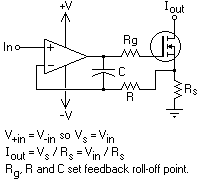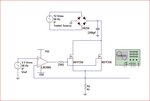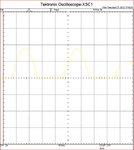cooldesire
Newbie level 4
Hello all, anyone can help me for "AC electronic load circuit" or any advice, idea
ratings: Min. 48V-1A, 48W
it is very important, this is my final year project
ratings: Min. 48V-1A, 48W
it is very important, this is my final year project


